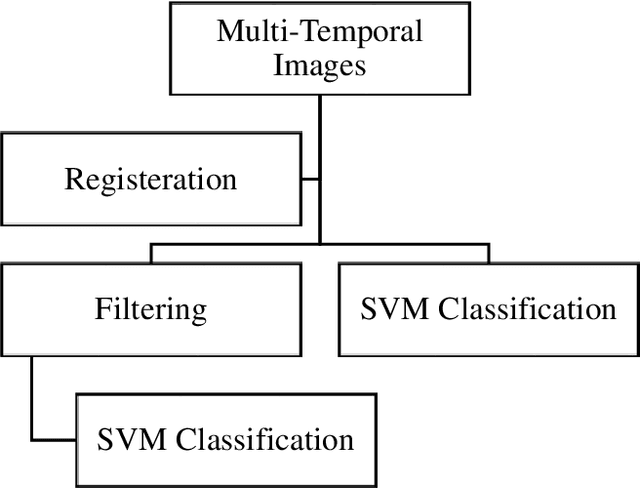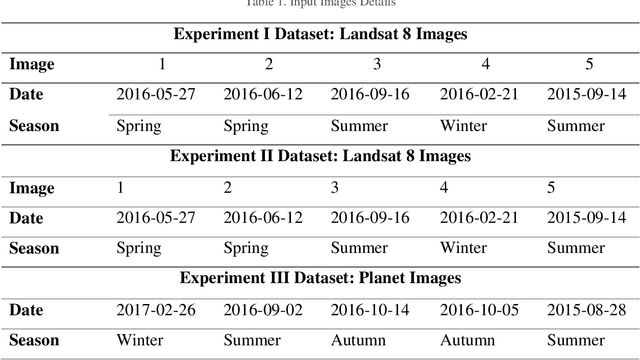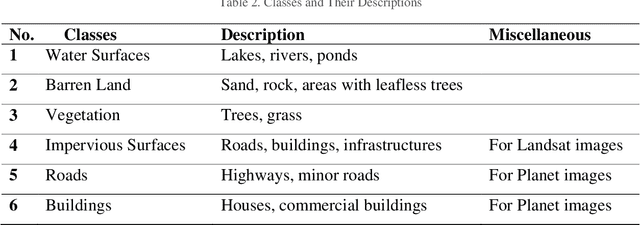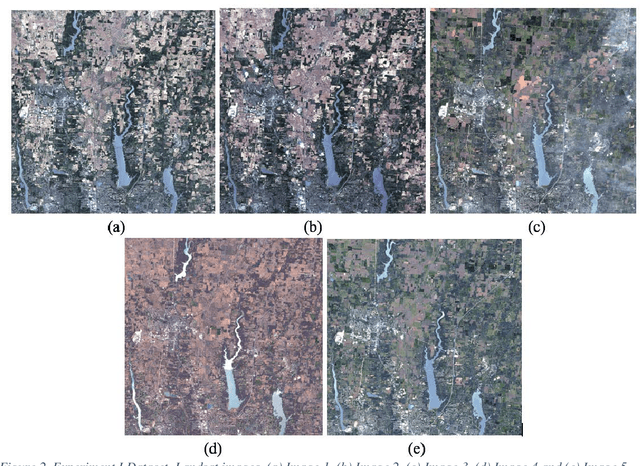Remote Sensing Image Enhancement through Spatiotemporal Filtering
Paper and Code
Apr 27, 2024



The analysis of time-sequence satellite images is a powerful tool in remote sensing; it is used to explore the statics and dynamics of the surface of the earth. Usually, the quality of multitemporal images is influenced by metrological conditions, high reflectance of surfaces, illumination, and satellite sensor conditions. These negative influences may produce noises and different radiances and appearances between the images, which can affect the applications that process them. Thus, a spatiotemporal bilateral filter has been adopted in this research to enhance the quality of an image before using it in any application. The filter takes advantage of the temporal information provided by multi temporal images and attempts to reduce the differences between them to improve transfer learning used in classification. The classification method used here is support vector machine (SVM). Three experiments were conducted in this research, two were on Landsat 8 images with low-medium resolution, and the third on high-resolution images of Planet satellite. The newly developed filter proved that it can enhance the accuracy of classification using transfer learning by about 5%,15%, and 2% for the three experiments respectively.
 Add to Chrome
Add to Chrome Add to Firefox
Add to Firefox Add to Edge
Add to Edge